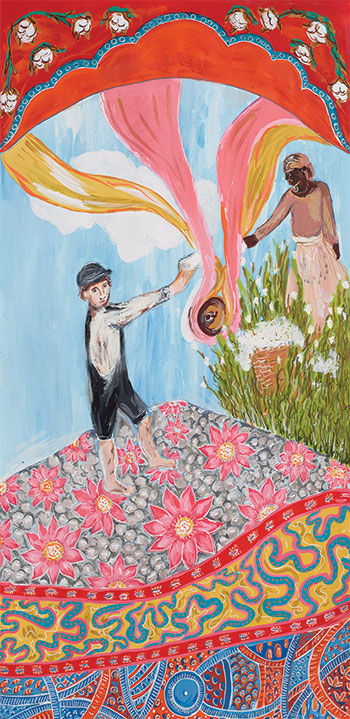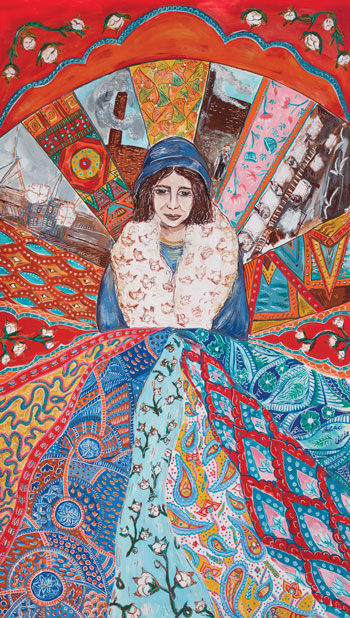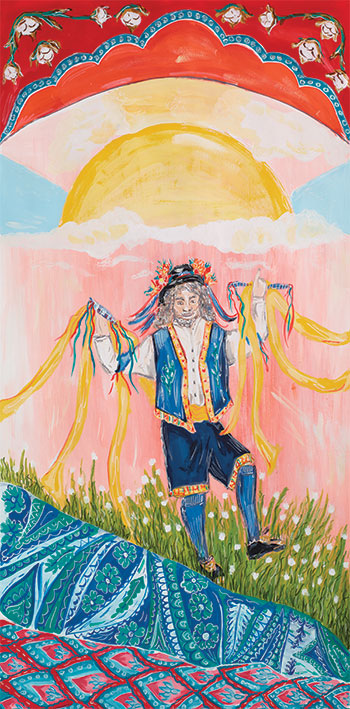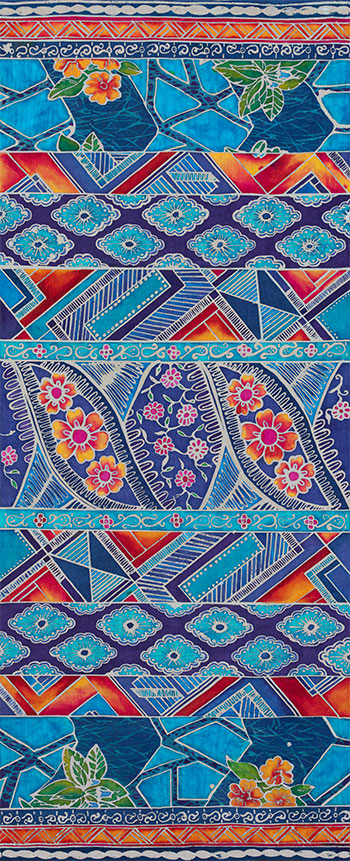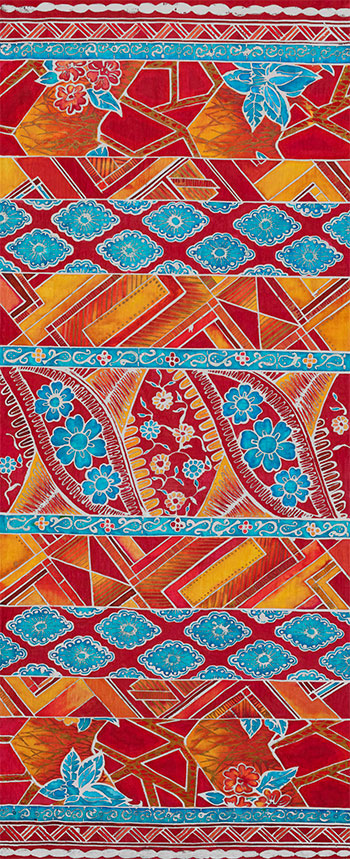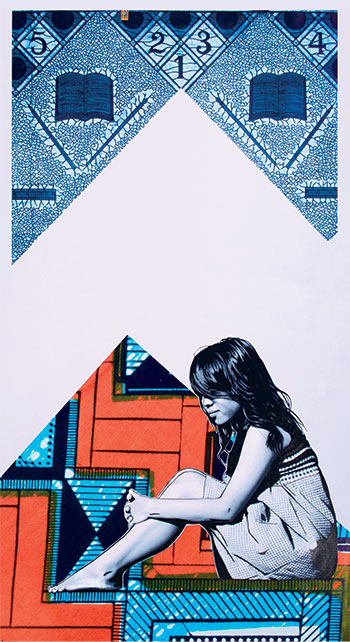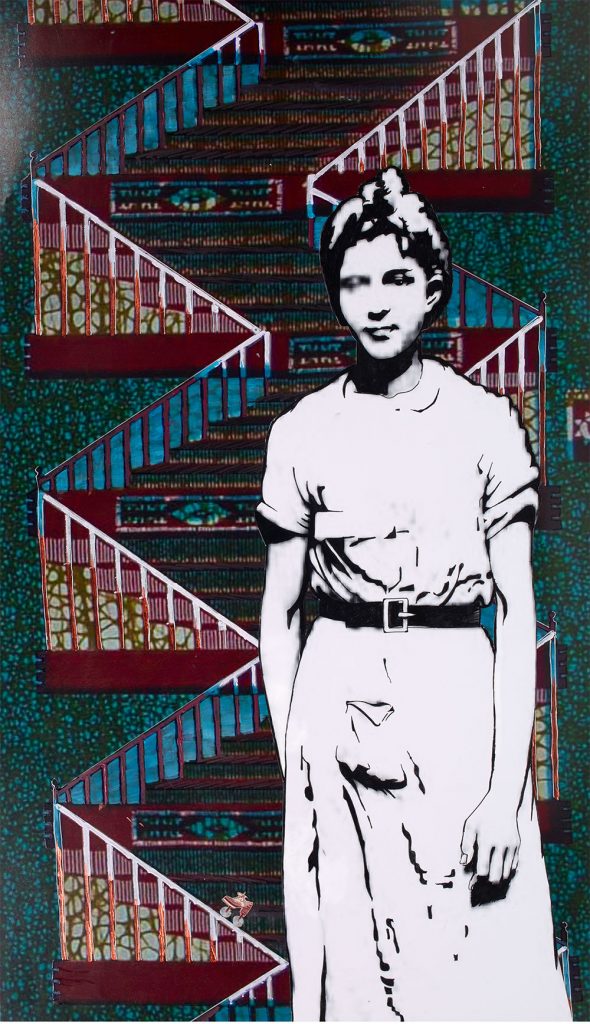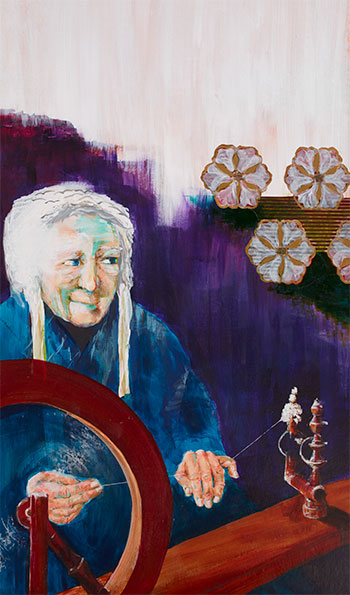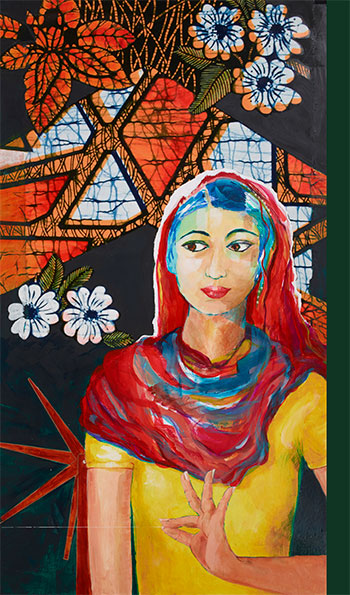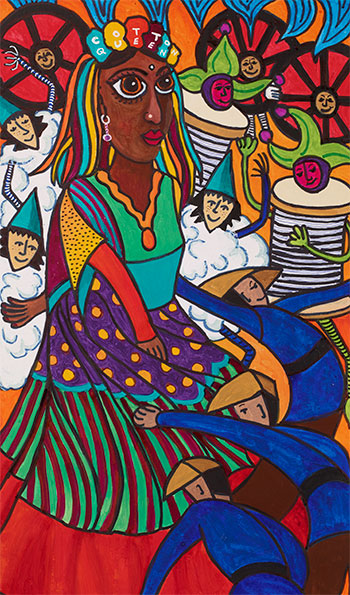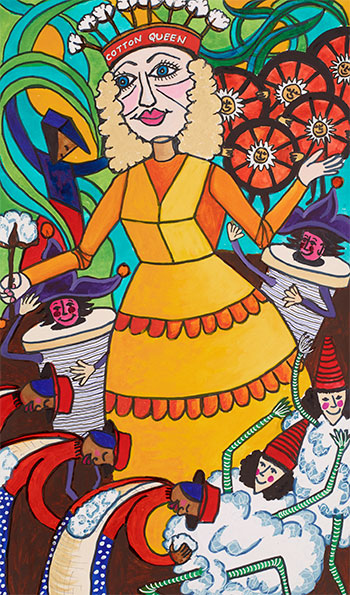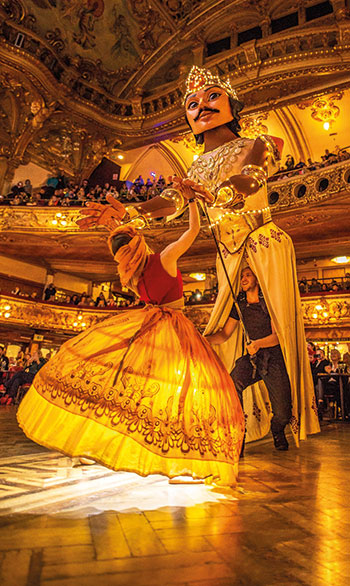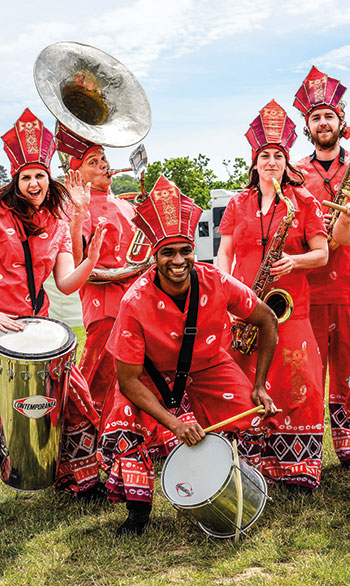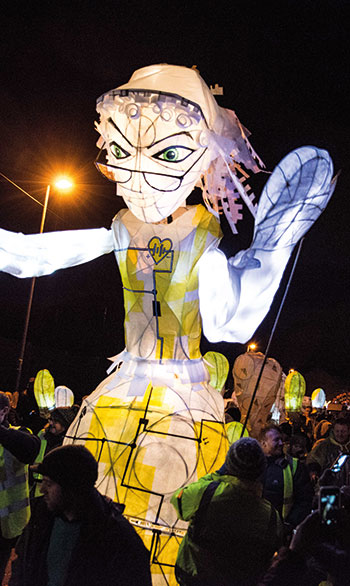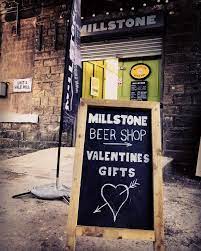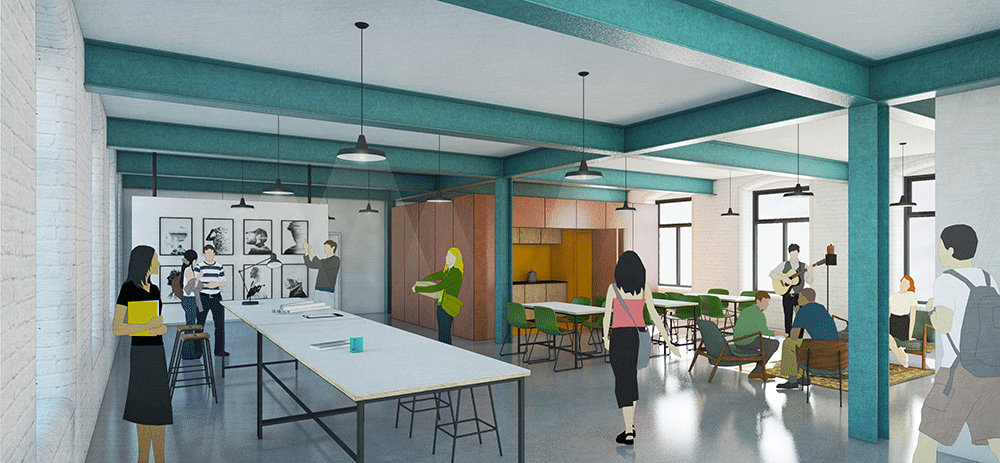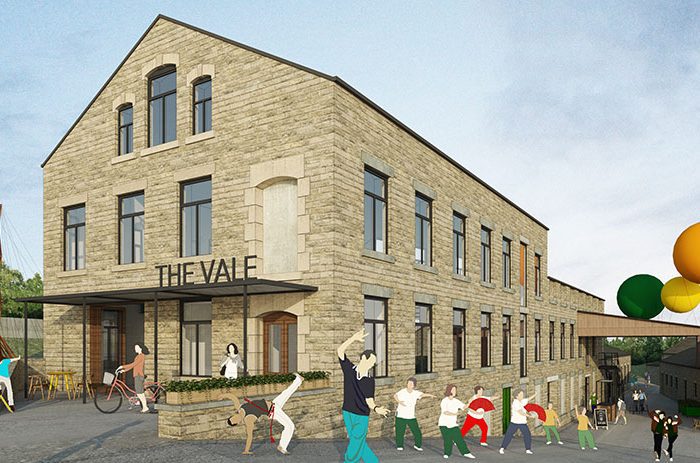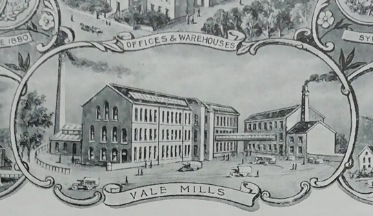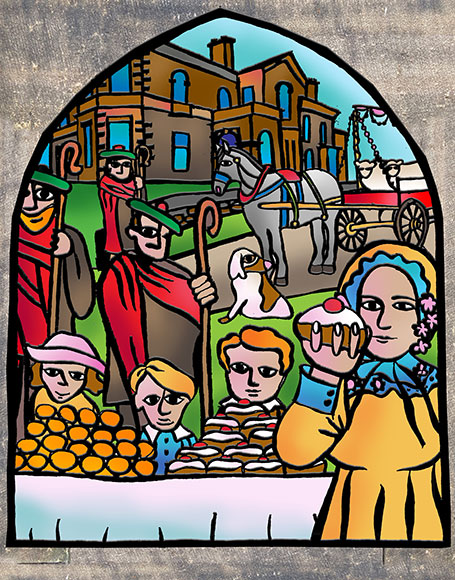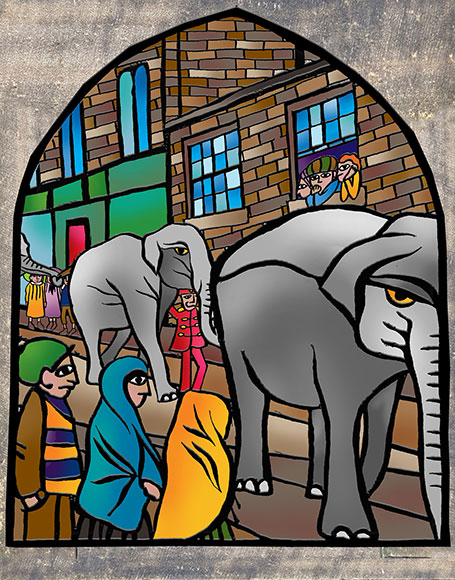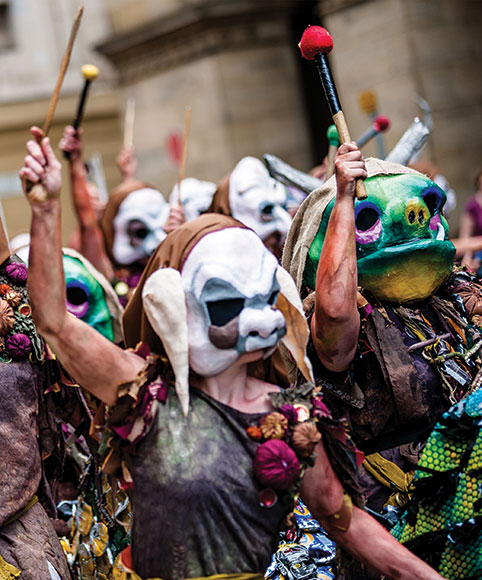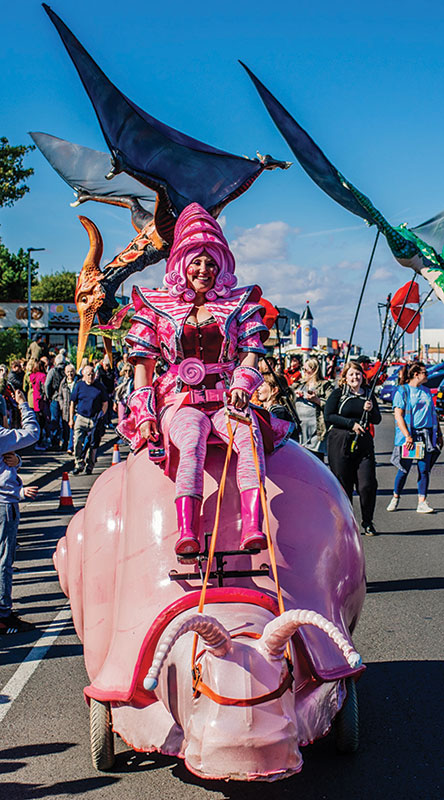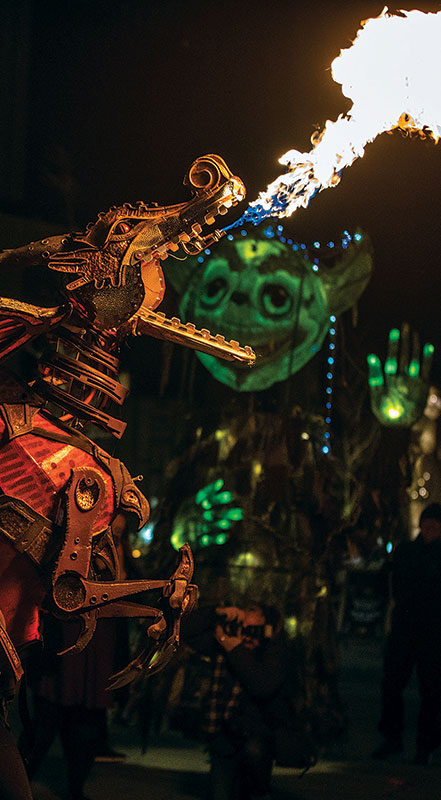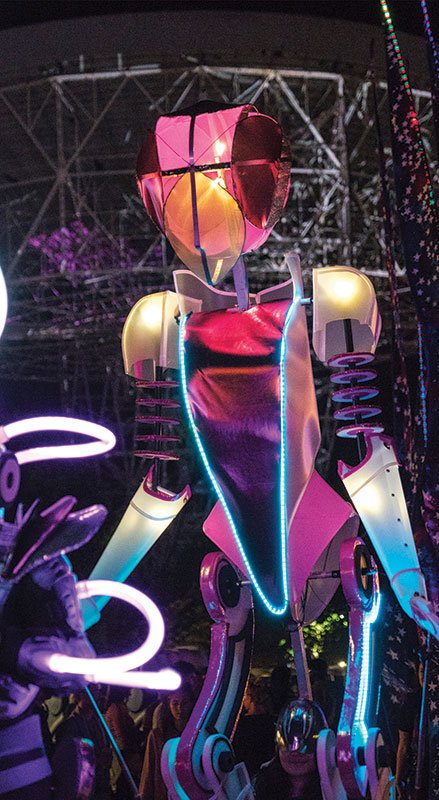Welcome to Vale mill, a former textile mill. As you've stepped through our virtual door we extend the warmest of welcomes and thought you might want to know a little more about the building. It's one of the only remaining mills in the town still involved with textile processes.
Vale Mill was an important part of the Micklehurst wool industry (which pre-dates the cotton industry) and used using local sheep breeds such as Lonk and Derbyshire Gritstone to provide fleece for processing. Most of the wool industry was done in the home, with wool mills concentrating on initial 'fulling' and 'scribbling' processes. Vale Mill was erected by Benjamin Mellor in 1793 intended for use in the woollen industry. It went on to be used also for textile printing and cotton spinning by various occupants. In 1803 the building was extended to four stories and rebuilt in 1847 when it was occupied by Messrs George Lawton. Between 1825 and 1835 Mossley reduced its working wool mills from 16 to 10. When other wool mills closed, Vale mill expanded, invested in machinery to be competitive and offer quality. By 1910 under occupancy of Messrs George Lawton it contained 3600 spindles and 58 looms who produces plain and fancy flannels, cashmere flannels, suiting, silk and wool shirtings and more. ( flannel was made from fine wool and shirtings were fabric used to make shirts/tops).
Messrs Lawton occupied the mill for over 100 years and their products won gold awards at international trade fairs and exhibitions in 1851 in London, Paris 1867, and Sydney 1880. These events were great showcases of high quality work and covered all aspects of industry and art. Read more here. Lawton's workers produced such fine work that according to The Reporter, March 1937 it was worn by Royalty, or as we like to say, they made Queen Vic's Knicks!
Unfortunately fires were a regular threat in mills, the combination of fibres, oils and high temperatures was a high risk and unfortunately in 1933 a fire started on the 3rd floor destroyed the spinning, weaving and carding departments and most of the roof of Vale Mill making 130 employees out of work.
Most of the remaining buildings are 19th Century with what might be a small weavers shed remaining from 18th Century. In 1938 the mill was sold at auction. Since then it has been put to different uses such as, glove making, and a mixture of small business.
Vale Mill provided a livelihood for many people as a textile mill for more than a century. It's survived the ups and downs of the textile trade and competition with the cotton mills which grew to dominate the town until lack of investment and competition from abroad resulted in the decline of a major industry for the town.
The Vale is still connected to textiles and skilled work through our carnival work and is providing employment and opportunities for creativity and excellence in Carnival arts.


